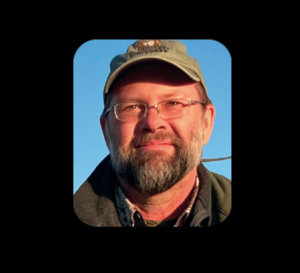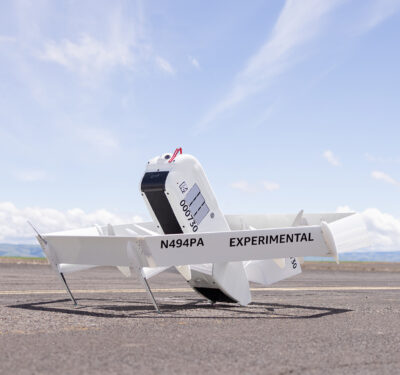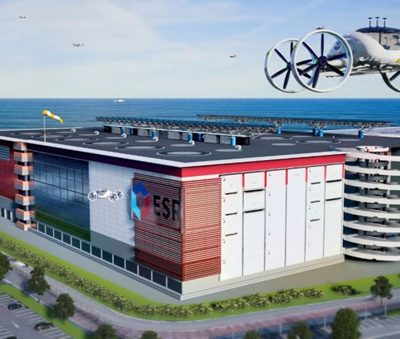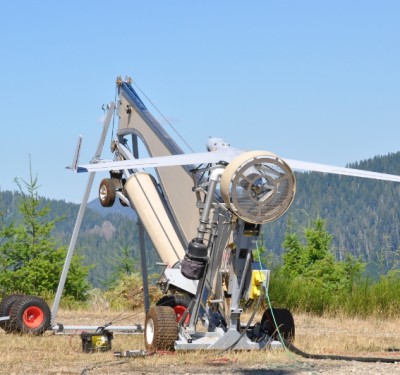
Randy DeYoung, professor and research scientist, Caesar Kleberg Wildlife Research Institute.
Q: Why is there a need to estimate wild animal populations, especially deer?
A: There’s a lot of interest in counting wild populations, especially those that are managed for hunting. And a lot of the tools we have for counting animal populations are not real accurate…we’re always trying to find better ways to track populations, both for research but also for management purposes, for whitetail deer and mule deer and a lot of other big animals that are on rangelands.
Q: What are the current ways of doing that, and how are they changing?
A: Helicopter platforms have been used quite a bit, but obviously helicopters are expensive and can be dangerous. One of the big challenges is just visibility. As animals are farther away from the survey platform, they’re harder to see because there’s vegetation in the way. The other really big problem…is you really mostly see animals that are running from the helicopter, so that movement is what allows you to see them. The problem is, some days more deer seem to run than others because we can do repeated surveys of the same area and come up with a 50% or sometimes a 100% difference in counts.
Q: To offset those issues, you’ve been using drones with thermal payloads?
A: Yes. In this area that we’re mainly working in, the vegetation is mostly kind of like corn scrub, low brush type of things. Flying during the daylight with just a regular optical camera, we just don’t see that many deer that way, so the thermal is highly necessary. One good thing about doing drones with some of the thermal imagery is we don’t rely on animal movement or behavior for them to be seen…we get counts that are still not 100% of the population, but we can correct for visibility and we can get much more consistent counts.
Q: What are your future plans for drone use?
A: One thing we’re trying to work with now is to automate that detection. If we only had to look at some potential detections or we can use some AI or machine learning to recognize and classify some of those detections, that would make the process a lot faster and maybe more repeatable, kind of objective.
Q: Would you say drones are a permanent part of your toolkit for estimating deer populations?
A: I think so. For really large spatial areas, we just need a drone that has a lot more time in the air, basically. But yes, I think having this tool is a big advantage and gives you another method. It has a few drawbacks in that we can’t necessarily recognize males from females, or age classes, but at the same time we can get a lot more consistent survey count and that, in some cases, may be a really big advantage.






